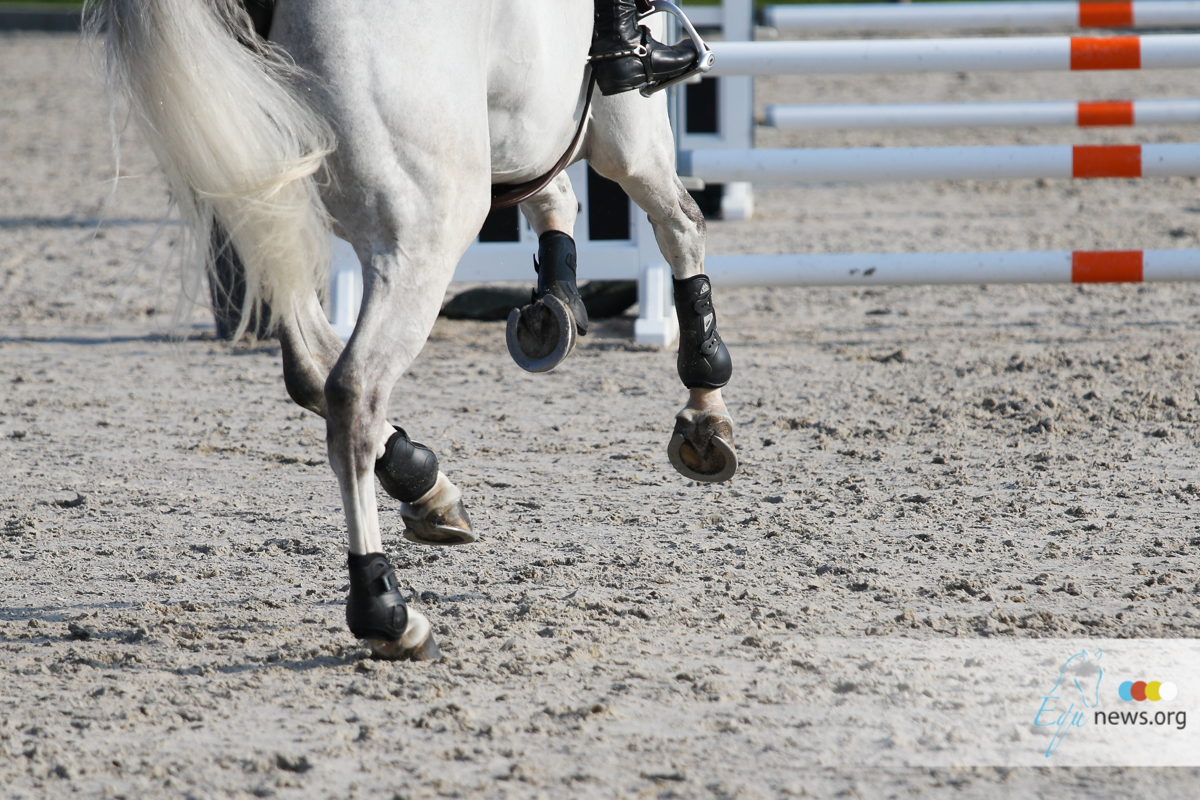For all equitation levels, so even for ordinary equitation, it is important for the rider to involve the horse’s weight or mass by establishing a balance between two forces, the force which pushes forward, that is, the impulsive force, and the one which moderates or contains this forward force. This balance distributes the horse’s weight on his four legs, It is important for the two forces, those pushing the horse forward and those moderating the forward flow by a contrary force, to operate. Exactness is not necessary at first. The first goal is to get the horse straight, to walk on a straight line, that is, the haunches must follow the shoulders in a straight line. An advantage to having a horse move in a straight line is that the horse is able to maintain impulsion. The horse’s straightness, impulsion and flexibility of joints and muscles are of vital importance to the proper training and schooling of a horse, regardless of the discipline to which he will be employed. There is a vital connection between straightness, impulsion, flexibility, ramener (suppleness of the poll, jaw and neck) rassembler (flexibility of the haunches and the horse’s ability to engage his hocks under his mass): the result of this connection is extension, shortening, or elevation of the horse’s gaits. All these connecting and connected elements lead, of course, to lightness. 3° block It is from the accuracy of the actions of the rider that what is known as lightness emanates, that is, the perfect obedience of the horse at the slightest indications of the hand or the heels of the rider. The schooling of the horse and the skill of the rider have a direct effect on lightness. This is ‘haute école’ equitation, equitation raised to its highest level and which is found not in movements that are more or less extraordinary but in perfect lightness and in movements that are simple as well as complicated.
Riding with Filippo Moyersoen
-
categories:

